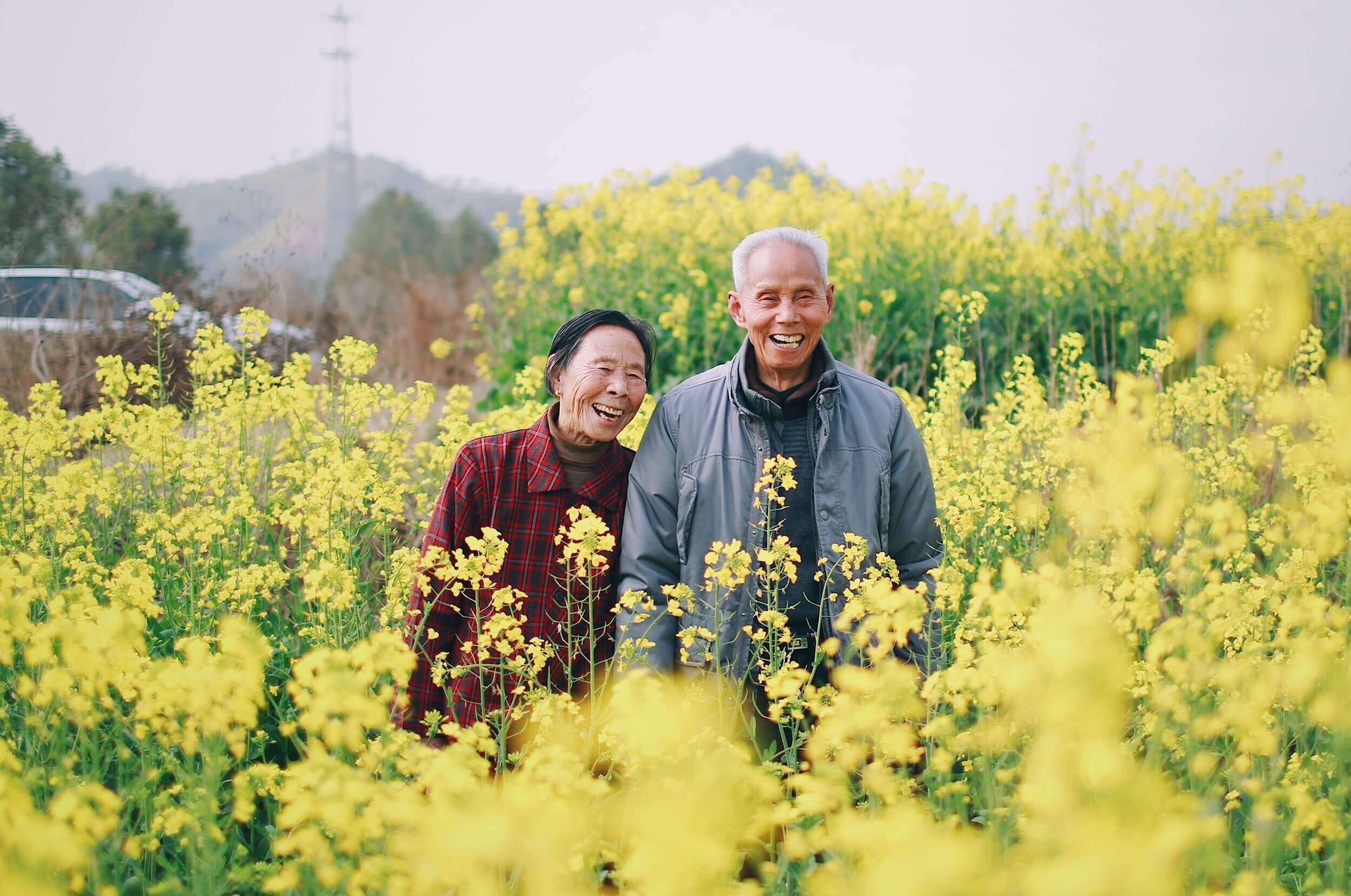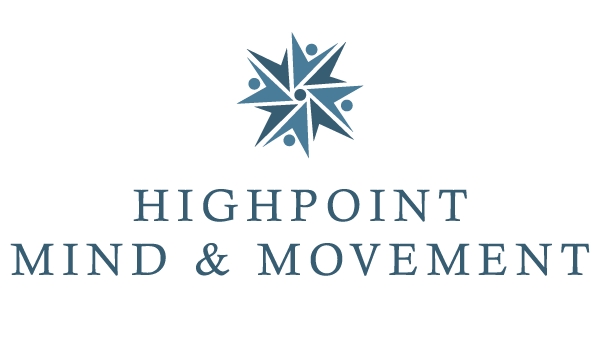
Whole Brain Integration
For Seniors
Aging Well
As we age, it is natural for our bodies – and our brains – to change. The natural communication between the two hemispheres of our brains, between the body and the brain, and throughout the internal relay systems can be interrupted for any number of reasons, and Whole Brain Integration can help reestablish healthy patterns or create new ones. Using a variety of techniques, I work with seniors to optimize brain/body function to maintain and improve their quality of life.
Whole Brain Integration is a unique approach to aging that improves concentration and focus, delays memory loss, maintains physical coordination and balance, and assists with stress management. It may also help with hearing, vision, and perceptual problems.
Stand Tall – Don’t Fall
At the core of my work with seniors is Stand Tall – Don’t Fall, a versatile and safe anti-aging movement program. Unlike other balance classes, my Stand Tall – Don’t Fall class focuses on the neurology of the body, using sensory movement and sensory stimulation in addition to strength and balance training exercises and cognitive and spatial awareness tasks. Through a series of exercises and touch points on the body, we work to improve the transfer of brain impulses across the Three Dimensions of the brain and body.
When these Three Dimensions are in balance, the result is greater safety and ease when sitting, standing, or walking. When you have full body and whole brain integration, you experience renewed flexibility, increased physical comfort, greater emotional balance, and more mental clarity.
“I have MS with balance problems. I used to run into the wall. Now I don’t. I can’t tell you why, but Stand Tall has worked for me.”
If you struggle with walking, moving confidently on the stairs, or standing up from a chair, I encourage you to join one of the Stand Tall – Don’t Fall classes. You can participate regardless of your level of mobility – standing, sitting, with a walker, or in a wheelchair. For a more personalized approach, contact me to schedule a private session where we can address any specific issues you have.
Balanced Brain, Balanced Body
Falling is a significant issue for the aging, with nearly 800,000 hospitalizations per year. In fact, the number of older Americans who die from fall-related injuries has increased 31% over the last decade, with one out of four older people falling each year – and one out of five of those sustaining a fall-related injury such as a head trauma or a hip fracture. Clearly, improved balance is essential for health as we age.
While balance problems are sometimes present in a person from childhood, they can also result from aging, stroke, multiple sclerosis, or Parkinson’s. Structural changes such as kyphosis (an excessive curve in the spine causing abnormal rounding of the upper back) can also impact balance as the brain compensates for changes in the body.
Stand Tall–Don’t Fall
With a series of simple, adaptable movements that activate the mind and body for whole brain functioning you can improve your stability, coordination, and reflexes. In addition, you can increase mental clarity, lift your mood, and regain lost skills and abilities.

